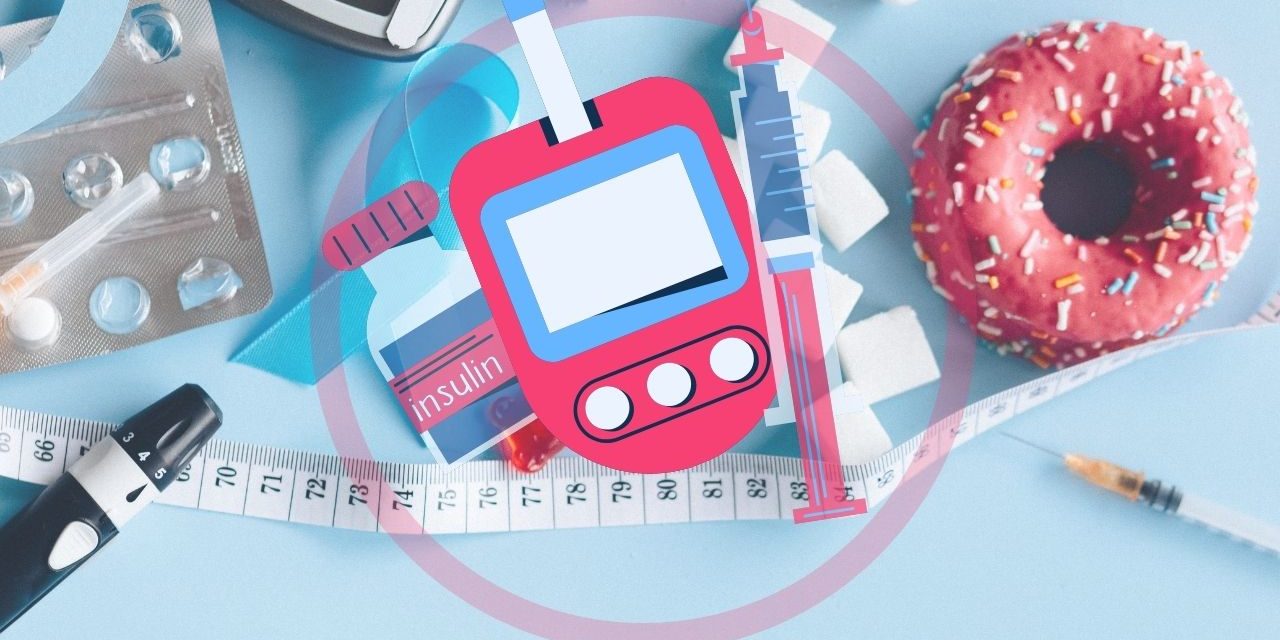Prediabetes refers to a condition in which blood sugar levels are higher than normal but not high enough to be classified as type 2 diabetes. This is a warning sign that indicates the risk of developing diabetes in the future. Early detection of diabetes is important because it provides an opportunity to make lifestyle changes and prevent or delay the onset of type 2 diabetes.
Here are some important details about pre-diabetes and its symptoms.
1. Blood sugar level:
Prediabetes is usually diagnosed when a person’s blood sugar level falls between the normal range and the diabetic range. Two common tests used to diagnose prediabetes are the fasting plasma glucose (FPG) test and the oral glucose tolerance test (OGTT).
2. Symptoms:
Pre-diabetes may not cause any noticeable symptoms in the early stages. However, some individuals may experience mild symptoms such as increased thirst, frequent urination, fatigue, and blurred vision. These symptoms are not specific to prediabetes and may be associated with other conditions.
3. Risk Factors:
Certain factors increase the chances of developing pre-diabetes. These include being overweight or obese, a sedentary lifestyle, a family history of diabetes, high blood pressure or high cholesterol levels, age over 45, and a history of gestational diabetes during pregnancy.
4. Importance of Screening:
Since pre-diabetes may not show obvious symptoms, it is very important to undergo regular screening if you have one or more risk factors. Screening involves a simple blood test that measures blood glucose levels. Early detection allows for timely intervention to prevent or delay the progression of diabetes.
5. Long-term health risks:
Without intervention, people with prediabetes have an increased risk of type 2 diabetes, heart disease, and stroke. Additionally, prediabetes can lead to other complications such as kidney disease and nerve damage.
6. Lifestyle Changes:
The primary goal in pre-diabetes management is to make lifestyle changes to lower blood sugar levels and improve overall health. These changes usually include adopting a healthier eating plan, engaging in regular physical activity, losing excess weight, and quitting smoking if applicable. In some cases, medications may be prescribed.
7. Diabetes Prevention Programs:
A number of structured diabetes prevention programs are available to help people with pre-diabetes make sustainable lifestyle changes. These programs focus on education, support, and behavior change to promote healthy habits and reduce the risk of developing diabetes.
If you suspect you have pre-diabetes or have risk factors associated with the condition, it is important to consult a healthcare professional for an accurate diagnosis and personalized guidance. They can provide a comprehensive diagnosis, suggest appropriate treatment options, and help you develop a plan to effectively prevent or manage prediabetes.










